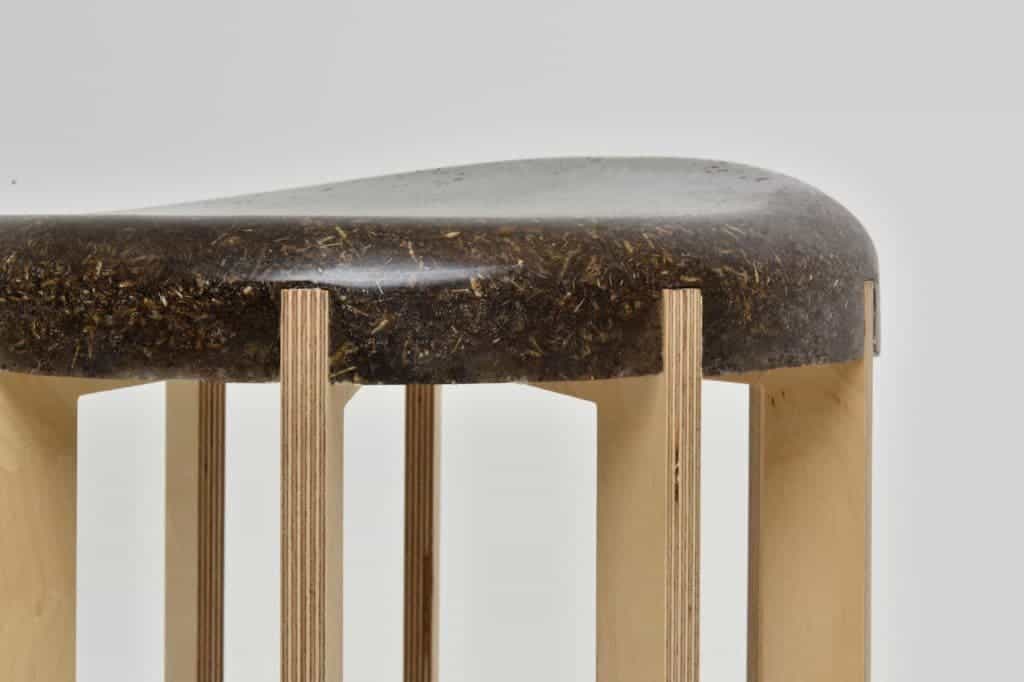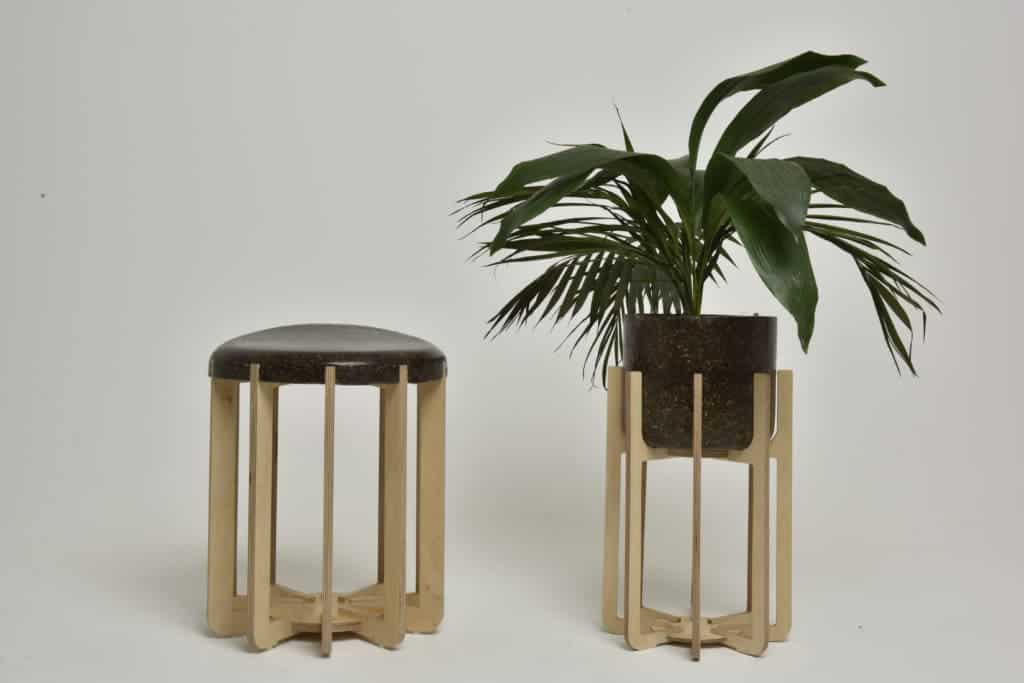A University of Birmingham, UK, product design student has put a new spin on manure: she’s molding the undesirable material into quite fetching furniture.
Manure. It’s a useful fertilizer, but apart from that isn’t a highly desirable commodity because, you know, poop. Which really is a shame if you ask Sanelisiwe Mafa, a Product Design student at Birmingham City University. Given that it’s generally available, dirt-cheap, and actually has some redeeming qualities as far as materials go, she set to work turning it into something useful.
Her end product is a material that can be shaped, molded, and styled into different items of furniture. It looks surprisingly cool, is fully biodegradable and renewable, and no it doesn’t smell like manure at all.
Manurefacturing furniture
“I wanted to design furniture that would display cow manure as a beautiful material for design,” Mafa explained.
“I knew that most designs with organic materials don’t end up looking great, even though they send a good message and I didn’t want my designs to follow the same patter. I wanted to design something people would want to buy and have in their homes.”
She says that her inspiration came in part from traditional building methods in Africa and elsewhere around the world, in which manure is used as a binder in earthen bricks — similarly to how rebar in reinforced steel works.
Mafa wanted to find a way to carry the material’s usefulness over to the modern world. So, she developed and refined a manufacturing process starting from dung. By using a special resin to bind it all together, she created a material which can be worked into a range of shapes and sizes while retaining its original details. The dung is also pre-treated to eliminate all smell and to be sterile, and both it and the resin are bio-degradable.
To show her material off, Mafa built a prototype stool and flower pot mounted on wooden stands. The plywood itself can be recycled, while the manure can be left to decompose into fertilizer once you don’t need the chair any longer — so it’s a fully green piece of furniture.
The manure furniture isn’t available to purchase as of now, but Mafa is confident that “there’s more to come from this project.” Who knows, maybe you’ll be able to buy some DIY stool-stools from IKEA in the near future.











